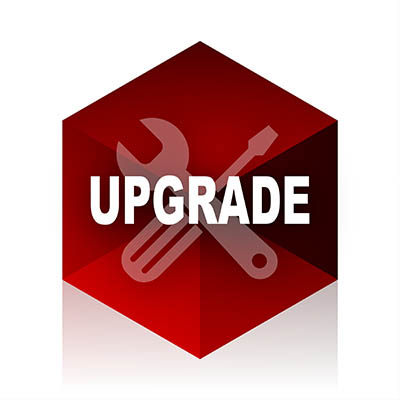Technology is no longer just a support function for a business, it’s a critical driver of business performance, security, and competitiveness. As systems age and newer solutions are implemented, the need to evaluate and upgrade your technology becomes important. While it’s easy to maintain the mindset of reactive maintenance, relying on outdated technology can quietly hinder growth and expose your organization to significant risks.
You open your email and you have a message claiming your bank account has been compromised. You click the link, log in, and, whoops, you just handed your credentials to a cybercriminal. You’ve been a victim of phishing, where scammers bait you with fake messages and reel you in like an unsuspecting fish. You don’t have to be their next catch. Here’s how to recognize and fight back against phishing attempts.
When Microsoft rolled out Windows 10, it was a big deal, especially since Windows 8.1 wasn’t exactly a fan favorite. Now, ten years later, Microsoft is officially pulling the plug on Windows 10 support as of October 14th. If you’re still running it, it’s time to start thinking about your next move.
In business, paper tends to pile up, gets lost, and sometimes mysteriously multiplies overnight like gremlins exposed to water. If your business is drowning in paper or struggling to find important files, it might be time to consider digital document management. But when exactly does it make sense to invest in this technology? Let’s break it down.
If it feels like scammers are everywhere, it’s largely because they are. Every day, they’re cooking up new ways to trick people into giving up money, data, or access to their accounts. One of the biggest problems we run into is that we’re bombarded with so many scam warnings that we start tuning them out. That’s called threat fatigue, the phenomenon when you get so tired of hearing about security risks that you stop paying attention. That’s exactly what scammers want.






